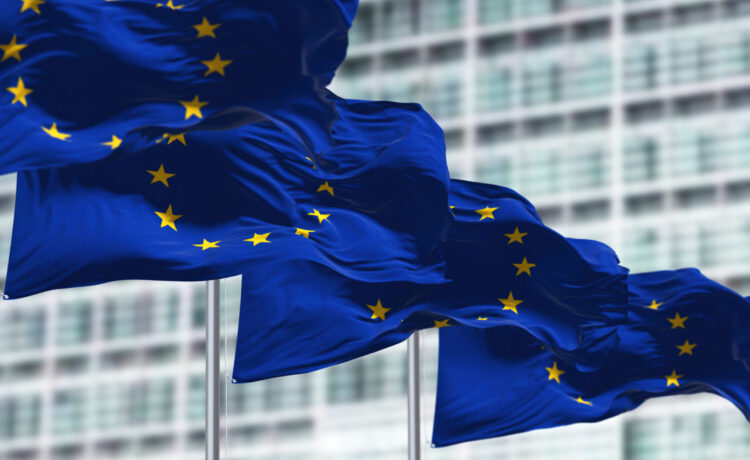After years of struggling to raise capital in European Union markets, Mews – a hospitality software firm with Czech roots – finally secured funding by registering as a Dutch company.
For its next step, Mews is looking even further from home and considering listing in the United States, highlighting the problem of startups leaving the 27-nation bloc in order to grow.
While the EU offers a huge single market for products and services, it still has 27 capital markets with a maze of different securities laws, taxes and accounting.
“It was an awful process,” Mews CEO Matt Welle said of the obstacles faced in accessing European markets, where “all the rules are different in each country.”
Such difficulties are harming EU ambitions to compete with China and the U.S. in the global shift to the growth industries of the future, centered around “green” and digital technologies.
The European Commission, the EU’s executive arm, says Europe will need 650 billion euros ($692 billion) – around 4.5% of its economy – of extra investment a year until 2030 to compete.
That, it argues, can only come from the private sector.
For a company like Mews, Welle says the most likely route for an initial public offering (IPO) is the United States “because that market understands what we’ve done … and there’s just more liquidity there.”
Swedish music streaming service Spotify and Germany’s biotech firm BioNtech are prominent among the many companies which have crossed the Atlantic to grow.
This week, nearly a decade after the first plans to create a true Capital Markets Union (CMU) were unveiled, EU leaders meeting in Brussels are determined to give it a fresh start.
European officials say that if progress on CMU has been slow, it is partly because it was often seen as a nice-to-have.
Now, EU leaders are expected to stress that new economic realities make it a must-have.
Fragmented
Among the aims of the CMU, launched in 2015, was harmonizing laws on capital gains tax and bankruptcies, prudential treatment of cross-border assets and standards for share prospectuses.
A big goal was to harness billions of euros of domestic and international savings by encouraging European companies to issue more shares, bonds and other assets.
But private investors point to Europe’s maze of different national laws on bankruptcies, taxation, financial reporting, accounting and supervision – meaning higher compliance costs, less liquid markets and greater uncertainty.
In Europe, companies get 30% of their financing from securities and 70% from bank loans, which is the reverse of the situation in the United States, where stock market valuations are also more appealing.
“A lot of the companies in Europe seek to exit to the U.S. because valuations are higher, but also because the European markets are very small and fragmented,” said Isabelle Freidheim, managing partner at U.S. investor Athena Capital.
As a result, about 250 billion euros a year leaves the EU to go elsewhere, mainly to the United States, European Central Bank head Christine Lagarde estimated earlier this year.
‘Crucial Moment’
One measure which could help redress the balance would be to remove the preferential treatment of loans in EU tax systems, where companies can deduct the interest on bank loans from tax.
They have no similar incentive when raising money through equity, making this route less appealing.
Another is to persuade Europeans that investing in securities can deliver higher returns than keeping money in a bank account. EU households keep three times more savings in bank deposits than U.S. citizens, who invest more in securities.
Meanwhile, the lack of a CMU also means that sophisticated long-term investors such as insurers or pension funds tend to invest in the equity and debt of the EU country they are based in, the International Monetary Fund has said.
Finally, fragmentation has stymied the growth of venture capital firms, which specialize in helping start-ups, with even the best-ranking European countries having less than half the U.S. level of venture capital financing, the IMF estimates.
As EU leaders gather to address these issues, some in the markets are urging them to move quickly.
“We are at a crucial moment in the innovation cycle, standing before the greatest funding imperative we’ve seen in generations,” Tom Wehmeier, a partner at European venture capital Atomico, said ahead of the meeting.
“European investors, both private and institutional, now need to plug this gap in funding if Europe is to reach its full potential,” Wehmeier added.
($1 = 0.9394 euros)
(Additional reporting by Mark John and Nick Carey in London; editing by Mark John and Alexander Smith)












